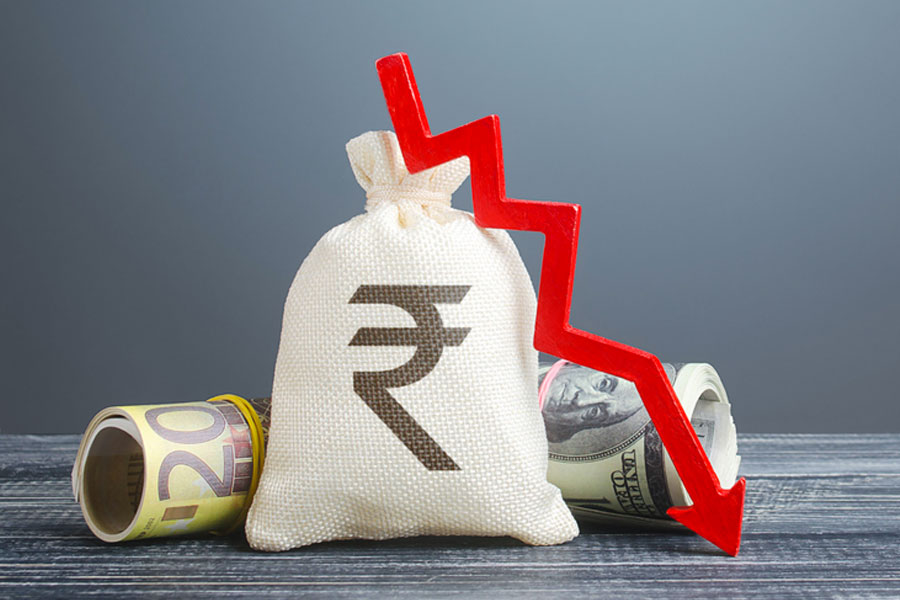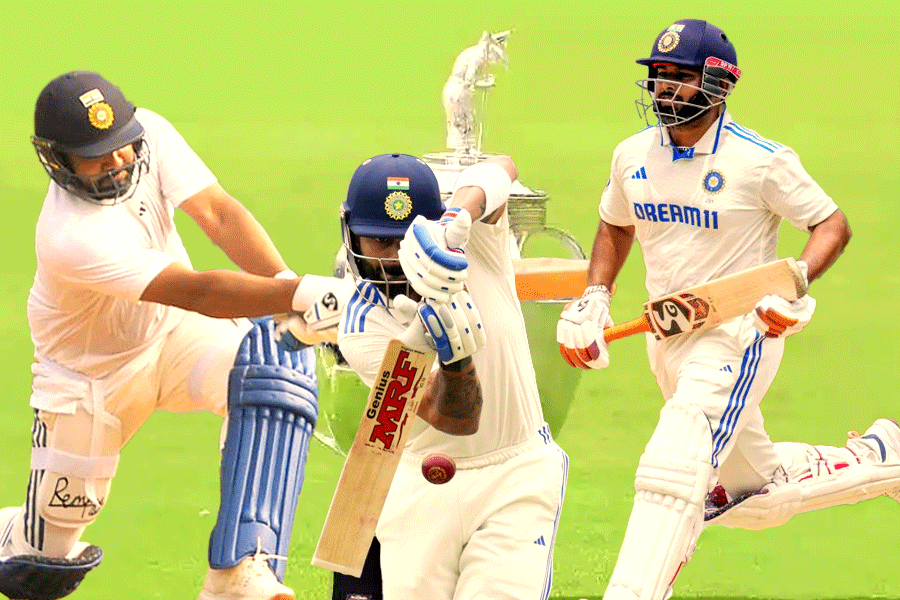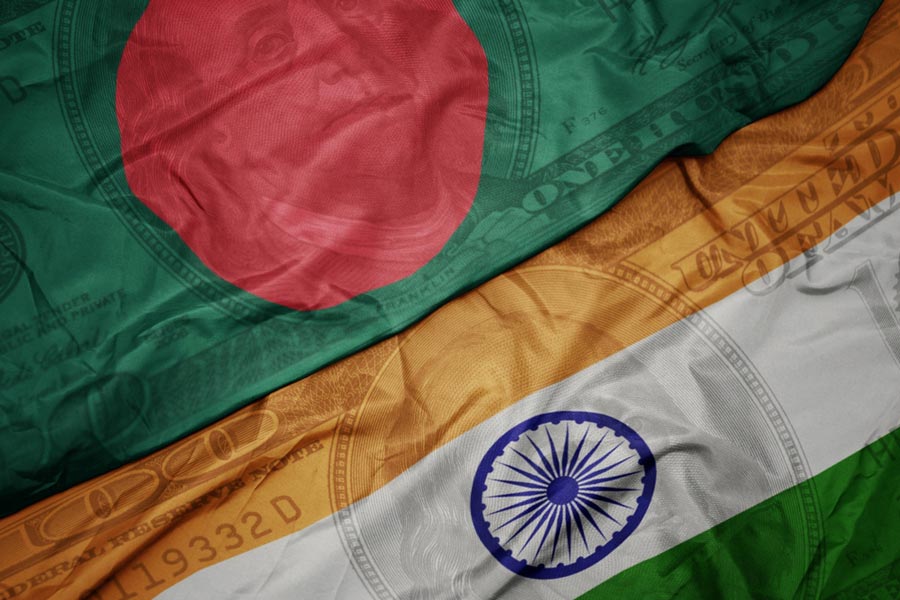The rupee plunged to a new record low of 86.58 against the US dollar, the steepest fall that the local currency has seen in almost two years.
The currency was battered as the forex market mavens were spooked by the surge in crude oil prices, better-than-expected jobs data in the US and the stoic attitude of the Reserve Bank of India which chose not to dip into its reserves to prop up a punch-drunk rupee.
At the inter-bank forex market, the rupee opened weaker at 86.20 as against its last close of 85.9650 and fell below the 86.50 level.
It closed the day at 86.5750, logging a fall of 61 paise over Friday’s close.
Forex experts trotted out several reasons for the rupee’s collapse. Most felt that strong non-farm payroll (NFP) data in the US last Friday fortified expectations that there would be no rate cuts from the Federal Reserve at least in the first half of calendar 2025. There are pessimists who believe that the US central bank will not announce any cuts in the entire year.
Data released by the US Bureau of Labor Statistics (BLS) showed that non-farm payroll increased by 256,000 in December up from 212,000 in November. It was also way above the forecast of 160,000. There was also some disturbing news for emerging market stocks and the rupee when the unemployment rate came in lower at 4.1 per cent against expectations that it would hold out at 4.2 per cent.
The numbers were seen as a clear indication that the US economy will rebound, triggering inflationary pressures that will diminish the likelihood of a Fed rate cut.
Consequently, both the dollar and US bonds strengthened. The DXY, which gauges the strength of the greenback against a basket of six currencies, crossed the 110 level to hit a high of 110.18. It was trading a shade below the 110-mark at 109.97 at the time of this report. Similarly, yields on the US 10-year treasury opened higher at 4.798 per cent as compared with its last close of 4.77 per cent.
The strong dollar sparked demand for the greenback from importers. Analysts said the RBI was not active in the market, which accelerated the fall in the rupee. “We did not see a strong intervention from the RBI. This was another reason that contributed to the rupee’s fall,” one dealer said.
The RBI under former Governor Shaktikanta Das had kept a tight leash on the rupee’s value. But the markets are now trying to divine the new Governor Sanjay Malhotra’s stand on supporting a floundering rupee. The RBI has stayed its hand in the past few sessions, allowing the domestic currency to weaken.
Some experts have urged the Indian central bank to allow the rupee to depreciate since it is overvalued against the US dollar on REER (real effective exchange rate) basis. REER is a measure of currency’s value compared to its trading partners. A tick above 100 shows over-valuation. It stood at 108.14 in November 2024.
Rising crude oil prices also weighed on the rupee. India imports more than 80 per cent of its crude oil requirements. The surge in crude prices stokes demand for dollars. Benchmark Brent crude rose above $ 81 per barrel on Friday to touch a day’s high of $ 81.68. It was trading at $ 80.86 a barrel at the time of this report. This came as US imposed more sanctions on Russia which could affect crude oil supplies from the latter to India and China.
Swapnil Aggarwal, Director, VSRK Capital said that the combination of a stronger dollar, rising bond yields, and escalating oil prices has placed significant pressure on the Indian rupee, creating uncertainty in the forex market. “As the rupee continues to weaken, the outlook remains volatile, and sustained external challenges may exacerbate the currency’s struggles in the near term,” Aggarwal added.
Forex experts are now projecting that the rupee could depreciate to as low as 88 levels in this calendar year.











